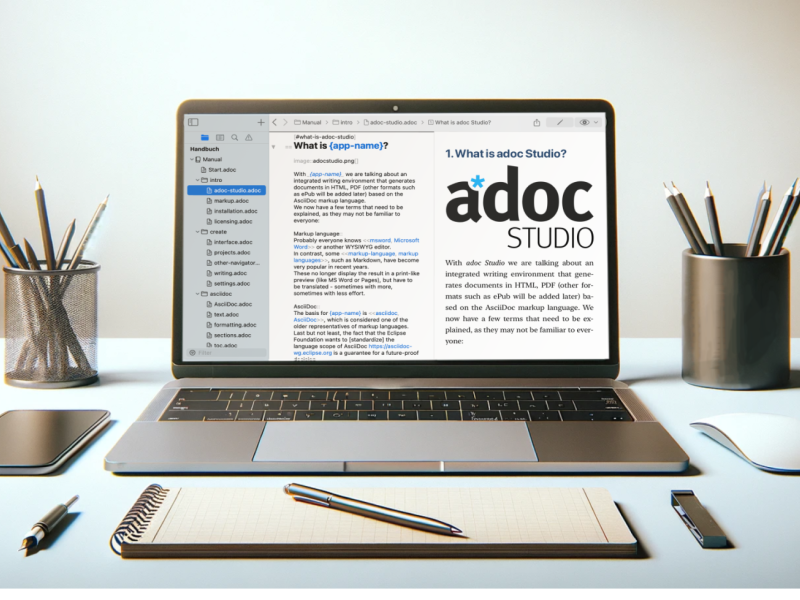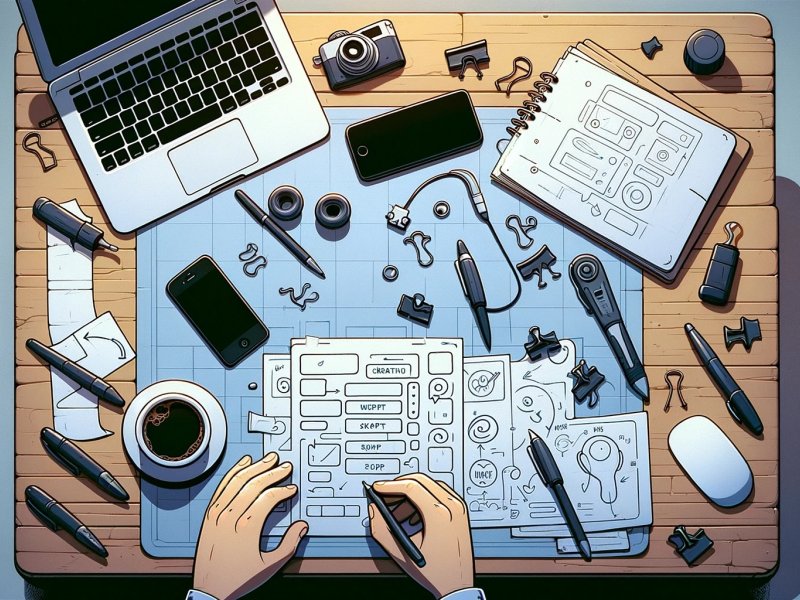The best manuals will earn you customer loyalty and increase sales. In this article, you will learn how to create helpful manuals.
Last week we built an outdoor barbecue area in the garden. Our goal was to equip it with a cupboard and two work surfaces. However, there were problems with the assembly. The instructions were suboptimal. But I don't want to criticize the manufacturer. Rather, I want to share my learning experience on how to write good instructions:
Testing, testing, testing
We started with the cupboard. Some parts were included several times in the package and looked identical at first glance. This is where we made our first mistake. There were differences in the drill holes. Unfortunately, we only noticed them ten work steps later. We had already placed the parts with the two drill holes in the wrong spots. This meant we had to start from scratch. Although we took it sportingly, our motivation was still diminished.
At this point, we would have appreciated instructions with clear indications. AsciiDoc has admonitions for this kind of thing.

Such learning experiences only come about through extensive testing. I want to appeal to all technical editors: Test your instructions with customers. Let the testers assemble the product themselves and only with the instructions. This is the easiest way to spot any ambiguities.
Instructions 🤝 Packaging
Most people are familiar with the situation. The long-awaited package with the new piece of furniture has finally arrived. You open it full of anticipation, only to be overwhelmed by a flood of small parts. These are either packed in a collection bag containing 20 different screws, nails and other parts, or at least in pre-sorted bags.
Unfortunately, only a few manufacturers link the instructions directly to the packaging. In our case, the screws were pre-sorted into individual bags. However, there was still room for improvement. Why should we have to find out for ourselves which screw belongs to which position? In the instructions, for example, the screws are numbered S1-S3. How helpful would it be if this numbering could also be found on the bags of screws?
The question often arises. Do we need the screw with the slightly round head or the one with the flat head for this hole? In such cases, it only helps to study the instructions with a magnifying glass and decipher them like hieroglyphics. However, the potential for error remains high. The assembly is more difficult than necessary.
More Tips for Manuals
Target group: When creating a manual, we must know the audience. Then we can adapt the language and level of difficulty to them A target group analysis, as described by Hubspot, can help enormously in this phase.
Structure & language: Have a clear structure. For example, a step-by-step list and a table of contents ensure clarity. Tools such as Neuroflash or Hemingway Editor help to optimize existing texts.
Visualization: Support your text with images and diagrams. They illustrate the steps. Make sure that they are recognizable and labeled. Design programs such as Figma or Canva can help with this.
Comprehensibility: A step-by-step description makes the instructions easier to follow. Include useful references and a list of the tools and materials required.
Testing: Check the instructions with test users before publication and integrate their feedback. It is also helpful to involve subject matter experts in the writing process.
In addition: Regular updates and adjustments to the manual ensure that it remains up to date and user-friendly. More on this in the next blog article on paper versus online documentation.
 adoc Studio
adoc Studio
Organize, Write and Share.
Documentation in AsciiDoc.
Organize, Write and Share.
The advantage for companies
Why should companies go to the trouble of optimizing the manual? Each iteration costs money that could be better invested in other areas.
Although provocative, this question is relevant. The exact added value of a well-written manual is more difficult to measure. Nevertheless, here are some of the benefits:
Less need for customer support
A clear and comprehensible manual clarifies many customer questions in advance. This allows customer support to concentrate on more individual topics. This saves costs, as fewer support cases occur and thus fewer staff members are required. It also increases customer satisfaction as support teams resolve requests faster. Your team will thank you when it is not overloaded with cases on generic topics.
A study has shown that updating the knowledge base and improving the visualization of customer service data significantly reduced the number of repeat customer cases. This indicates that a well-designed user manual can help to minimize recurring customer problems.
More customer satisfaction and loyalty
Nothing is more frustrating. We had to dismantle an almost finished cabinet again because we placed a side panel incorrectly. Such experiences reduce motivation. It should have been a relaxing task but turned into a pointless duplication of work. Such a misunderstanding can, when it occurs often, turn customers away. They will think twice before buying more furniture from this manufacturer.
Conversely, clear instructions increase the product's ratings and customers recommend it to others. This leads to an increase in sales.
A study of software user manuals found that improving usability through behavioral analytics significantly reduced task completion time and error rates, resulting in higher customer satisfaction.
Conclusion
Investing in the creation and refinement of user manuals is critical for organizations. High-quality manuals reduce the need for customer support. Also, they allow support teams to focus on more complex issues. This saves costs and increases customer satisfaction.
Improved user manuals also strengthen customer loyalty. Clear instructions minimize frustration and errors in product assembly or use. Further, they lead to better reviews and higher sales. All in all, efforts into helpful user manuals will increase revenue.
You might also like
-
What is Technical Writing?
- Marvin Blome
- Published on
-
AsciiDoc in Comparison
- Marvin Blome
- Published on
-
Markup versus WYSIWYG
- Marvin Blome
- Published on




